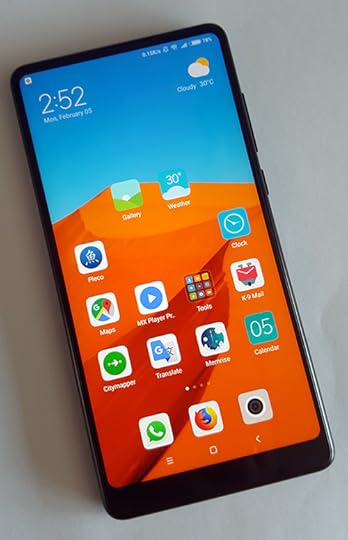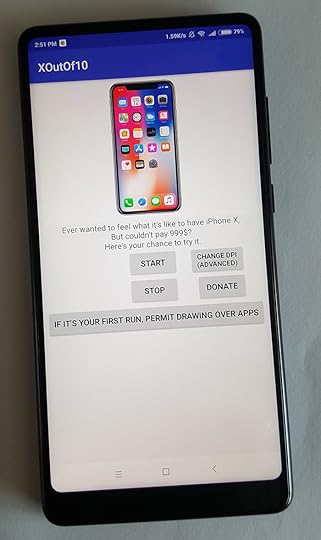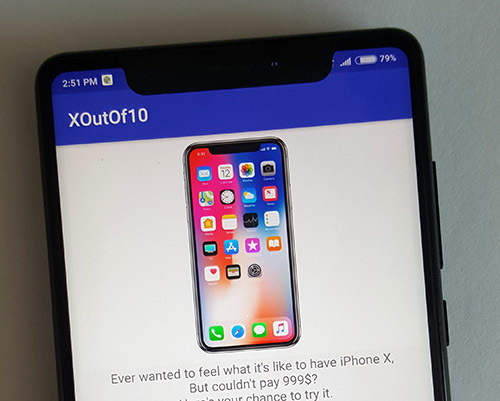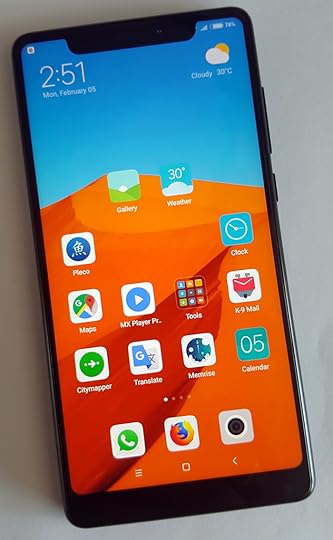When More is Less: China’s Perception of the iPhone X “Notch”
I recently saw a Forbes article citing rumors that the iPhone X is being cancelled this summer. Assuming the article is correct, it claims that a “lack of interest in China” is the main reason for the relatively early cancellation of production. They’re hoping that 6.1″ and 6.5″ versions of their phone with a less pronounced Face ID notch would excite Chinese customers.
The notion of a “less pronounced” Face ID notch is what got me — Apple embracing the notch as iconic, and worth carrying forward to future models, rather than simply making the top bezel a bit larger and eliminating the notch altogether. Historically, Apple has taken a “less is more” strategy, meticulously eliminating even the tiniest design facets: replacing radii with splines, polishing off injection mold parting lines, even eliminating the headphone jack. Putting a notch on the iPhone feels a bit like watching a woman painstakingly apply face whitening cream day after day to remove tiny blemishes, and then don a red clown nose.
Like the red clown nose, the problem with pushing the notch is that anyone can put one on, should they decide it’s a feature they want to copy. Xobs recently showed me an app on his Xiaomi Mix 2 that does exactly that. Below is what his Xiaomi Mix 2 looks like normally.

It’s got a screen that goes right up to the top bezel, without a notch.
Interestingly, there’s an app you can run called “X out of 10” that simply draws in the notch (including subtle details like a simulated camera lens). Here’s the app in the off state:
And now in the on state:
Once activated and given permission to draw over other apps, Xiaomi Mix 2 users can don the red clown nose and experience the full glory of the iconic Apple notch all the time:
This glass-half-empty situation is a parable for design leadership versus market perception: if a market previously lacked a smartphone with a minimal top bezel, the notch is perceived as “How innovative! I’ve got extra pixels to the left and right of my earpiece/camera assembly!”. But once a market has seen a smartphone with minimal top bezel, the notch turns into “Hey where did my pixels go? What’s this notch doing here?”. It’s a case where the additional design feature is seen as a loss of function, not a gain.
Thus it will be interesting to see if Apple’s bet to introduce a phone with a larger screen that can compete head to head in China against the likes of the Xiaomi Mix 2’s 6″ screen will pay out, especially if Apple retains the notch.
Of course, as the design space for phones becomes more and more crowded, Apple’s room to maneuver becomes increasingly limited. The minimalist design space is winner-takes-all: the first company to elegantly remove a design facet wins the minimalism race, and now that Xiaomi has planted a flag in the bezel-less top space, it may be that Apple has no option but to sport the top-notch, or run the risk of being seen as copying a Chinese company’s design language.
Andrew Huang's Blog
- Andrew Huang's profile
- 32 followers



